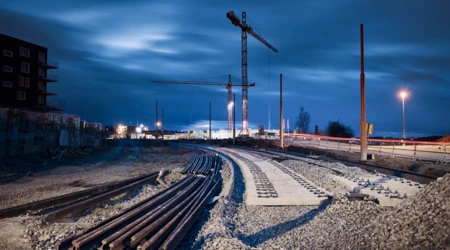Real estate
Investing in corporate real estate requires a long-term strategic view. Whether you are a logistics or industrial real estate developer or an investor the current uncertain environment requires you to do a thorough analysis before deciding to make the next investment. Doing this, it is essential that you base your real estate strategy on thorough and comprehensive analyses of economic trends, insights in the performance and dynamics of the real estate and capital markets, understanding of current and future end-user trends and developments and forecasting regional dynamics.
After a sharp decrease in 2023 with 26% of the take up of logistics real estate in 11 European markets, the take up in 2024 will stabilize. This is one of the conclusions of two studies Buck Consultants International / BCI Global published this morning.
The next years more companies will set-up R&D centers in the major regions of the world (e.g. Europe, North America, Asia). This expectation was presented at the World Conference of the International Association of Science Parks (IASP) in Luxembourg by René Buck, CEO BCI Global.

As a real estate developer and/or investor you are developing locations and realizing new buildings for the long term. Therefore it is key that you take the right decision on where and when to make the next investments and build new sites, on which end user target groups to focus and how to market the new sites in the right way. In the current economic context in which you operate this is even more important. Financing of new projects has become more challenging and end-user demand differs highly per industry segment. Besides that scarcity of industrial space plays a role in many hotspot locations and pressured labor markets are impacting location choices that your current and future end users are making.
The analyses of trends, the development of forecasts and a specific, fact-based vision are required to answer your key questions regarding market interest for and the feasibility of real estate projects. This accounts for specific buildings but also for locations such as campuses or real estate concepts. The development of a real estate and location concept can only be done successfully if based on detailed insights in product/service/market combinations. This includes creating a fact-based understanding of the competitive position (including pricing levels) of the new project, building or location and last but not least, thorough risk analyses. Once the decision to invest is made, you still need to determine the most effective way of marketing your (new) location, focused on a specific target group, with a focused value proposition.




